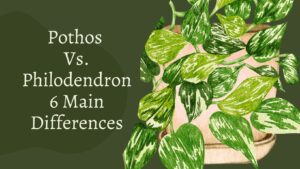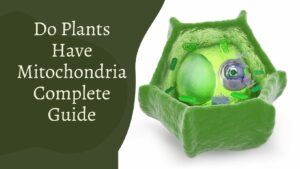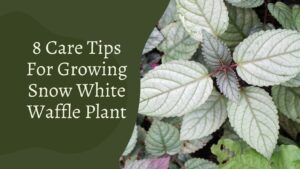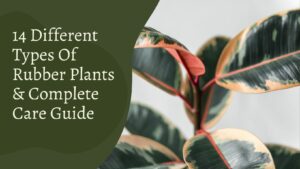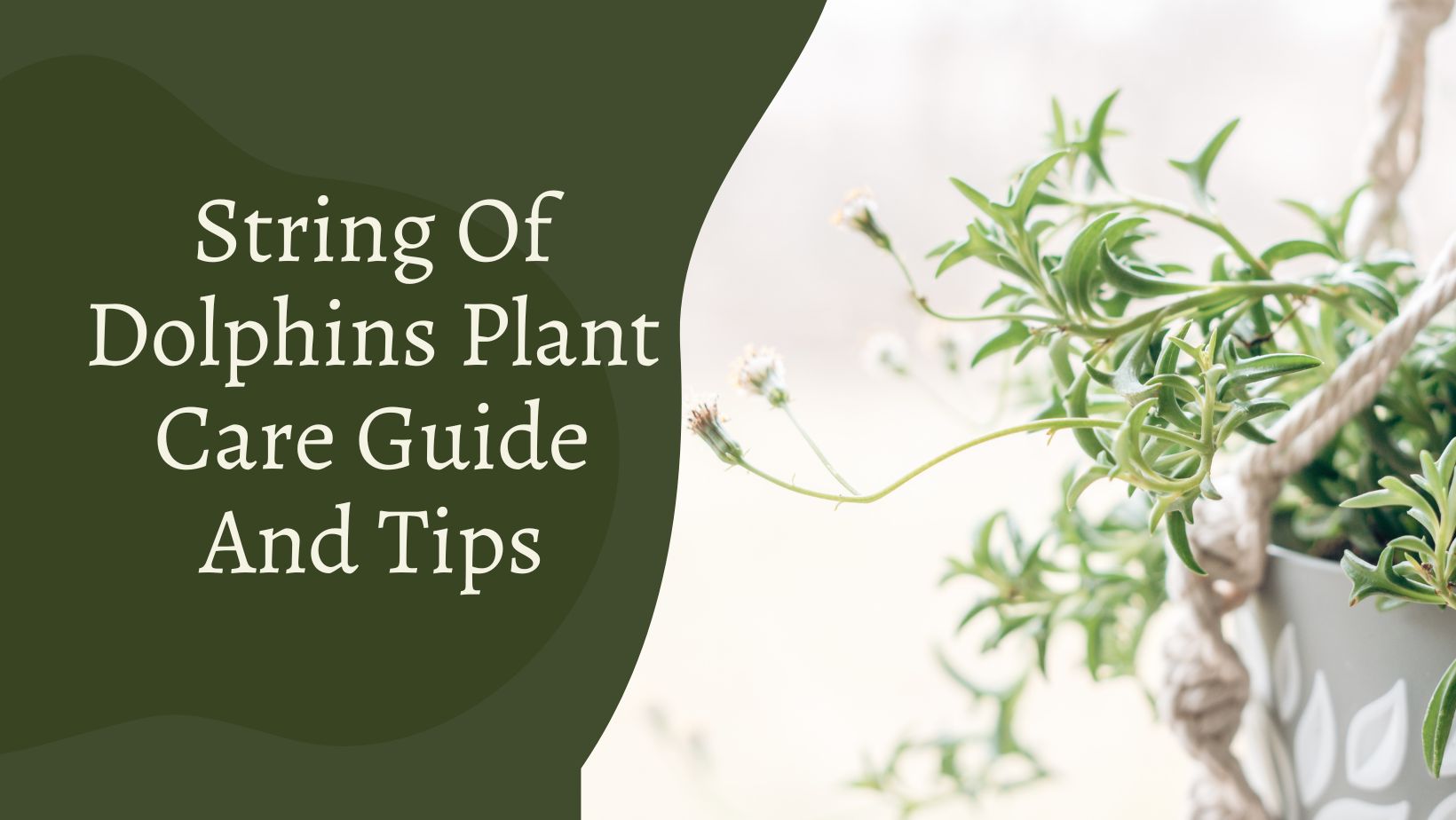
The string of dolphins plant goes by the scientific name Senecio peregrinus or curio peregrinus, depending on who you ask. It is a hybrid of two South African species, which are the very popular string of pearls and our funky little candle plant. You can really see the influence of both parents in this plant because it got the long stringy stems of our string of pearls. Still, its leaf shape is a lot more like candle plants.
The string of dolphins succulent definitely has a trailing growth habit, and over time, it can develop these massive cascades of branching stems, and each stem can reach up to three feet long so that way people like them to plant in a hanging pot.
Characteristic of dolphin plant:

The foliage of dolphin succulent
The iconic dolphin-shaped leaves on this plant are really fleshy because they are full of water-storing tissue. Still, the foliage has another incredible adaptation: the strip of translucent tissue, which is what we call leaf window. It allows that leaf to absorb more light.
Colors of dolphin succulent:
The string of the dolphin plant is a solid green to blue-green tone, and its stress coloring is not as extreme as that of other Senecio strings of dolphins. But if it is in a lot of direct sun, it can get the slightest hint of magenta blush.

The string of dolphins flowers:
String of dolphins is fun bloomers. It is flowers that always look like little white pom-pom to me. They even have this subtle clove fragrance to them which is a pretty cool and succulent string of dolphins is member of the composite family, so with a thing like sunflowers and daisies it made up of lots of mini flowers that come together to make like one big flower, and as that flower dries, it turns into a bit of puffball. At that point, you could easily snip it off with scissors or just pluck it off.
The string of dolphins care tips:

Light:
To care for your strings of dolphins, you have to give this buddy as much indirect diffuse light as you can. So indoor that means a room with a sunny window and outside keeping it in a bit of partial shade and fortunately This is a plant that is great at showing you if it is getting too much or too little light in this condition it leaves are starting to flatten out they are not looking like dolphins anymore.
On the other hand, if plants are getting too much light, those leaves will darken. They are going to dry up and go crispy and eventually fall off.
Soil:
When you are ready to pot up, go for a container with a hole in the bottom and choose a gritty, well-draining soil like a cactus and succulent mix from your local garden center.
Fertilizer:
As for fertilizer, fertilize it a couple of times in the spring to encourage growth but dilute something like quick start down to about 50% and apple once a month for two to three months in the spring
Water:
Not unlike dolphins in the ocean, your string of dolphins here likes water, and that is just because it is got these really thin stems. So it is going to like a little bit more frequent water than your other succulents. Still, succulents are not big on a regular watering schedule, so it is better to wait until your plant shows you signs that it is really thirty, like its soil is completely dry and leaves just starting to pucker in a little bit, and that point we are ready to soak.
Hardiness:
As with other senecios, this is a soft or tender succulent which means it can not tolerate frost. You could keep them outdoors in mild weather, but it also makes an excellent indoor plant.
Pests:
String of dolphins plant does not have a lot of issues with pests. You can go a long way in preventing them just by having excellent airflow and that really rapid gritty drainage. Still, if you get a bug, it is usually a mealybug like a little white cottony thing, and you can treat them easily. You just want to spray the whole plant very thoroughly with isopropyl alcohol and keep doing that once a day until you see no more evidence of bugs.
Propagating string of dolphins:

The best thing about the strings of dolphins is that it is actually a really fast grower. First, you need to cut a single, healthy stem with at least 2-3 nodes from the mother plant for propagation. Next, you should wait for your cutting to dry out for about a day, then cut ends about 2-inches in a pot filled with well-draining soil. After that, place your cuttings in a warm spot away from the direct light to keep them safe, and make sure to maintain the soil slightly moist by misting it whenever the top inch of the soil feels pretty dry.

One of the things to keep in mind when you are potting strings of plants is they would do better if there is a really thick grouping of leaves at the top. For repotting, first gritty mix most of the pot then put a small layer of coconut coir on top coconut coir is preferred over the traditional cactus bag mix because it tends to drain better. It also absorbs water faster and easy so that it is a good combination for succulents of staying wet a little bit longer. In this way, we can help some of the roots of the stem, the string of dolphins does not remain soggy and wet as peat-based mix, and also it will drain very quickly or dry off pretty quickly.
Strings of dolphins toxic to animals:

You will not be happy to hear that, but yes, strings of dolphin plants are toxic to cats, dogs, and other pets. so it is better don’t have them if you have a pet in your home or other is to keep a string of dolphin plants away from your lovely friend. People are also confused Are Orchids Poisonous to Cats because they are considered important for home decoration.
Strings of dolphins toxic to Humans:
The string of dolphins plants is also mildly toxic to humans. So it’s better to keep them away from your child to keep the child safe and healthy.
Overwatered and underwater String Of Dolphins:
The overwatered string of dolphins plant:
The overwatered string of dolphins plant sign is when its soil is too wet, and its leaves are fallen, which means that your plant strings are overwatered. It needs proper care. You must check before watering strings of the heart plant that its soil must be completely dry. If it gets overwater, it can be dead.
Underwater string of dolphins plants:
Underwatering is not an issue in string of dolphins plant, but too much underwatering is not good. It’s ok to allow your soil to dry completely between the watering. But it’s not good to allow them to dry too much that can badly affect your plant’s health.
Types of pest that string of dolphins plant can have:

aphids:
There are different types of aphids, but the one that comes indoors to your plant just sucks all the juices from the foliage. To get rid of them, you can spray your plant with cold water or neem oil solution is also an excellent option to get them away from your plant.
Mealybugs:
Mealybugs are such annoying bugs that come to your plant and get to the crevices of your plant. They suck the sap and juices from your plant and don’t move a lot. They stick to your plant, form a cluster, and then start eating and laying eggs. You can use neem oil and hydrogen peroxide to get rid of them.
spider mites:
They are tiny arachnids when you see that foliage has little conductivity all over it. They have kind of sucked out and eaten part of the plant, which indicates spider mites. To prevent them, you can use neem oil as a preventative, and you should wash your plant once a week to avoid having spider mites.
Types of strings plant:
The string of pearls plant:

Strings of pearls are a naturally occurring species discovered in the wild rather than being by hybridizers in nurseries. It is native to South Africa, where instead of hanging and trailing, it is a creeping ground mat in rocky outcroppings.
The first striking thing about pearls here is definitely its trailing growth habit. These plant grows slender, string-like stems and reach about three feet long. Its color is solid green but like most other Senecio and curio succulents. It can get cool magenta blush when gently stressed by direct sunlight.
In a string of pearls plants, the tiny pearls are actually leaves. That spherical shape actually helps them tolerate drought because spherical shape minimizes the area of leaves exposed to drying forces like sunlight and wind while maximizing the storage area for water.
The flowers on strings of pearls are pretty cute. They look like pom-poms and also have fragrances of cinnamon and clove smell. Strings of pearls like about medium to low light. It also needs to be watered more frequently than other succulents because they have thin stems and don’t really store as much water as chunky succulents. It is really important to water your plant with drainage holes in the pot.
Strings of banana plant:
It is a hanging succulent with banana-shaped leaves. It also called a necklace plant, creeping berry, and banana wine. This exotic-looking plant is well suited for containers or hanging baskets.
The string of banana plants like bright indirect sunlight; hence they grow in partial shades. It is very easy to propagate by taking cuttings from a healthy plant. Planting the stem in a container filled with potting mix, and ensuring drainage holes in a container to avoid root rot.
The string of hearts plant:

It is also called chains of hearts, and it is a vining succulent plant with its strong vines typically known to have heart-shaped leaves that is a little bit variegated with this dark green and silver tones to it the under leaves has a bit purple shade. It will bloom during the summer and fall months. They also produce these aerial tuber white balls, which typically grow from the node.
The string of heart plants requires a lot of bright indirect light if you don’t have enough indirect sunlight. Your growth rate,size of leaves and how thick vine and aerial tuber can get dependent on your lighting.
When it comes to watering strings of heart plants, it is recommended to always water when soil is completely dry.
Strings of watermelon plant:
This plant is also known as Senecio Haryana. Its leaves look like little watermelons. It also needs a good amount of indirect sunlight, so plant them in a spot with enough sunlight. And water them when their soil becomes too dry because they don’t like to sit in water.
Strings of turtles plant:

This plant is also known as peperomia prestrate, which is the scientific name of this plant. It is called strings of turtles. For obvious reasons, the pattern on the foliage look like little turtle shells, and they are just simply adorable.
This plant is relatively easy to find; it is not rare and uncommon by any means. This plant also requires bright indirect light for amazing growth. It tends to sun bleach it with direct sunlight, and some leaves tend to get a little bit faded and yellow.
Pepperonis are very notorious for outstanding root systems that can easily rot when overwatered. These guys prefer to dry out between watering but won’t let it go too dry for too long because the end of the leaves tends to crisp up and dry out. Strings of turtles should water them from the top because it has really nice air circulation.
The string of needles plants:
It is also known as ceropegia linearis. This is a semi-succulent plant because, from a characteristic point of view, leaves are a bit fleshy. It comes from a family ceropegia.
This plant is a little bit more drought-resistant and prefers brighter direct light, making it easy to grow. Also, from a pests perspective, there is not a lot of pests you need to look out for except for root rot.
It has these tiny leaves that look like needles that are a bit more fleshy, which means that the plant can actually retain more moisture, and you don’t need to worry about watering. This plant is not toxic to cats and dogs, so you don’t have to worry about that also if you have pets at home.
The string of tears plant:

It has dainty succulents, strings, and cool-shaped succulent leaves. This plant causes many challenges for people because sometimes our indoor environment is challenged to begin with. If you don’t give them top-down light or your light is not angling in with the sun. Then many green beads start putting down the leaves.
If they don’t have enough water, then their leaves start to pucker, so it is essential to water them properly.
Strings Of button plant:
It is called strings of buttons because of the stacked formation of leaves that alternate position and have reddish, pinkish edging on the leaves when they are outside in the bright sun. They have relatively big leaves compared to crassula babies’ necklaces.
Look very lovely in hanging baskets and tend to branch out. They have huge leaves as compared to another crassula. When it comes to watering, like other succulent button plants also do not like to sit in water. So the best time to water them is when the soil is dry. They also need a lot of sunlight, but the light should be indirect.
Conclusion:
The string of dolphins plant is one of the best plants to grow indoors and looks amazing in your house and also hence the beauty of your home. Strings of dolphin plants need proper care, and if you follow the tips that are described above, you can have healthy and greenish plants for the long term. Strings of dolphin plants need proper watering. You should water them when their soil becomes dry, and for the lights, it needs good indirect sunlight for proper growth and color. You can have them in your home to make your home look amazing.

Hi This is Maria, We are a team of gardening enthusiasts with a passion for gardening. We have tried to bring you tips and advice enabling you to grow and maintain a healthy and beautiful garden. We Hope You Find it Useful.

